How to make fertilizer and fertilize plants for free: 6 simple and cheap methods
Nourish your plants on a budget with these tips on how to make fertilizer
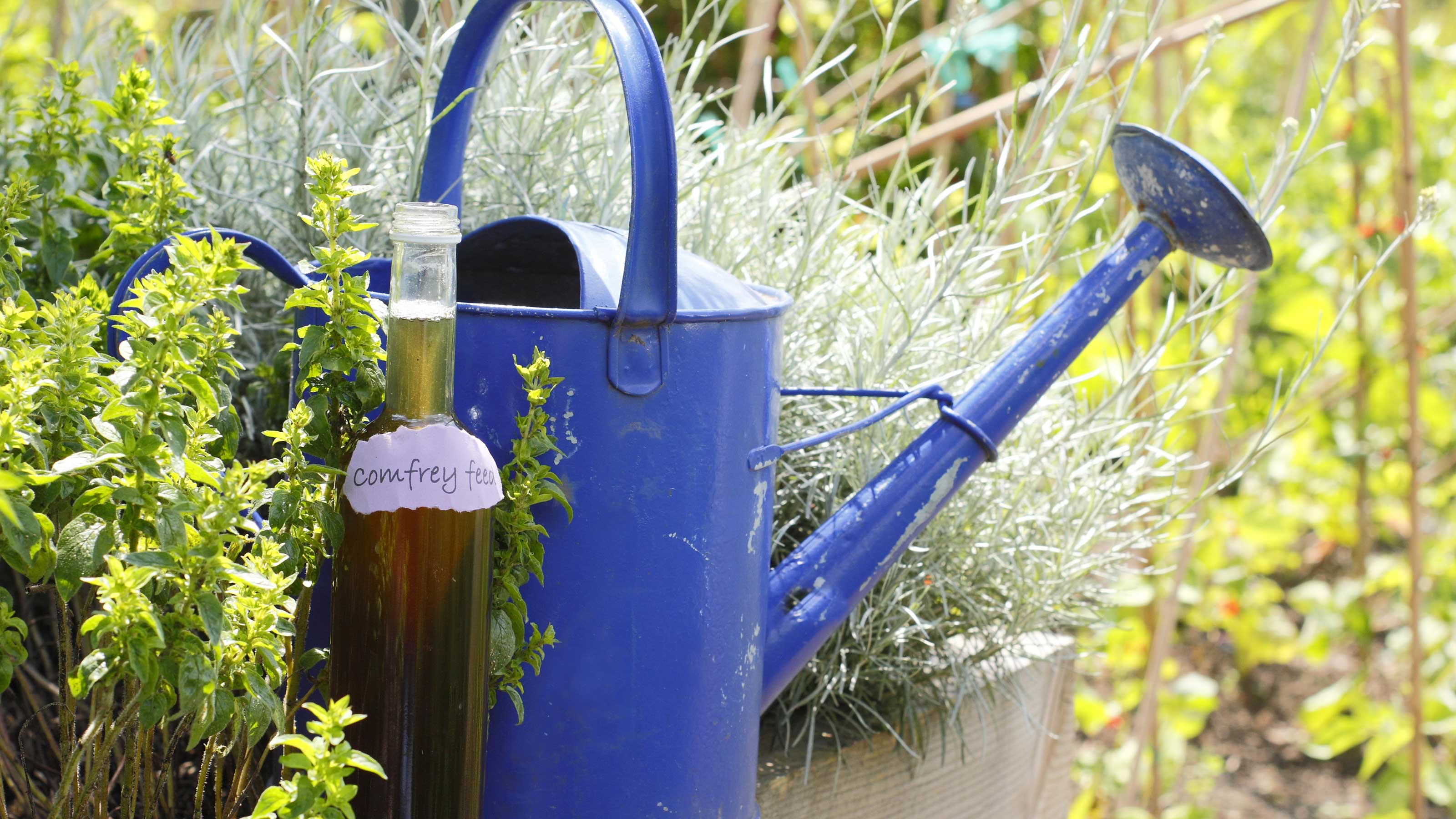

Learning how to make fertilizer is a great way to give your plants a boost without splashing the cash on expensive shop-bought products. And there are a good few ways to go about it that are both simple and effective.
So, if you're a fan of cheap garden ideas, having these tips and tricks up your sleeve is well worth it. What's more, whether you're whipping up batches of comfrey tea or putting used coffee grounds to good use, homemade fertilizers are often a great way to be more eco-friendly.
How to make fertilizer: 6 budget-friendly ways to try
Learn how to make fertilizer and you'll save on costs while nourishing your garden. And why not learn how to get free plants, too, to really make your money go further?
1. Create comfrey tea
'Comfrey is rich in potassium and also contains nitrogen and Vitamin B12, which gives plants a boost,' reveals the Amateur Gardening team.
Grow a patch in your plot and you can make liquid fertilizer from it. They recommend sowing 'Bocking 14' – a sterile, Russian variety that won't self-seed everywhere, unlike the prolific, common comfrey (Symphytum officinale). Just remember to wear gloves and a long-sleeved top when handling comfrey – their hairy leaves can cause an allergic reaction.
John Negus, writing for Amateur Gardening, explains how to make the nutritious plant feed:
- Remove the leaves of your comfrey and soak them in a large container filled with water. The ideal ratio is 2.2lb (1kg) of cut leaves to three gallons (15 liters) of water.
- Weigh the leaves down with a brick.
- After four to six weeks you will be left with a foul-smelling but very useful liquid fertilizer. Strain off the sludge at the bottom of the container and add it to the compost heap and use the undiluted liquid as a feed.
- The Amateur Gardening experts advise storing homemade liquid feeds somewhere cool and dry where they should keep for up to a year, after which they may lose potency. 'They won't harm plants, but will be less effective – you can always pour them onto the compost heap so nothing is wasted.'
Speaking of composting, even adding un-soaked leaves will give yours a boost, as John explains. 'You can layer comfrey leaves through your compost heap and leafmould piles to add nutrients and encourage bacterial activity, meaning your heap will compost quicker,' he says.
And that's not all. You can also 'layer the leaves at the bottom of a planting trench when growing beans and other hungry vegetables, or chop them up and mix them with grass clippings to use as a mulch around plants.'
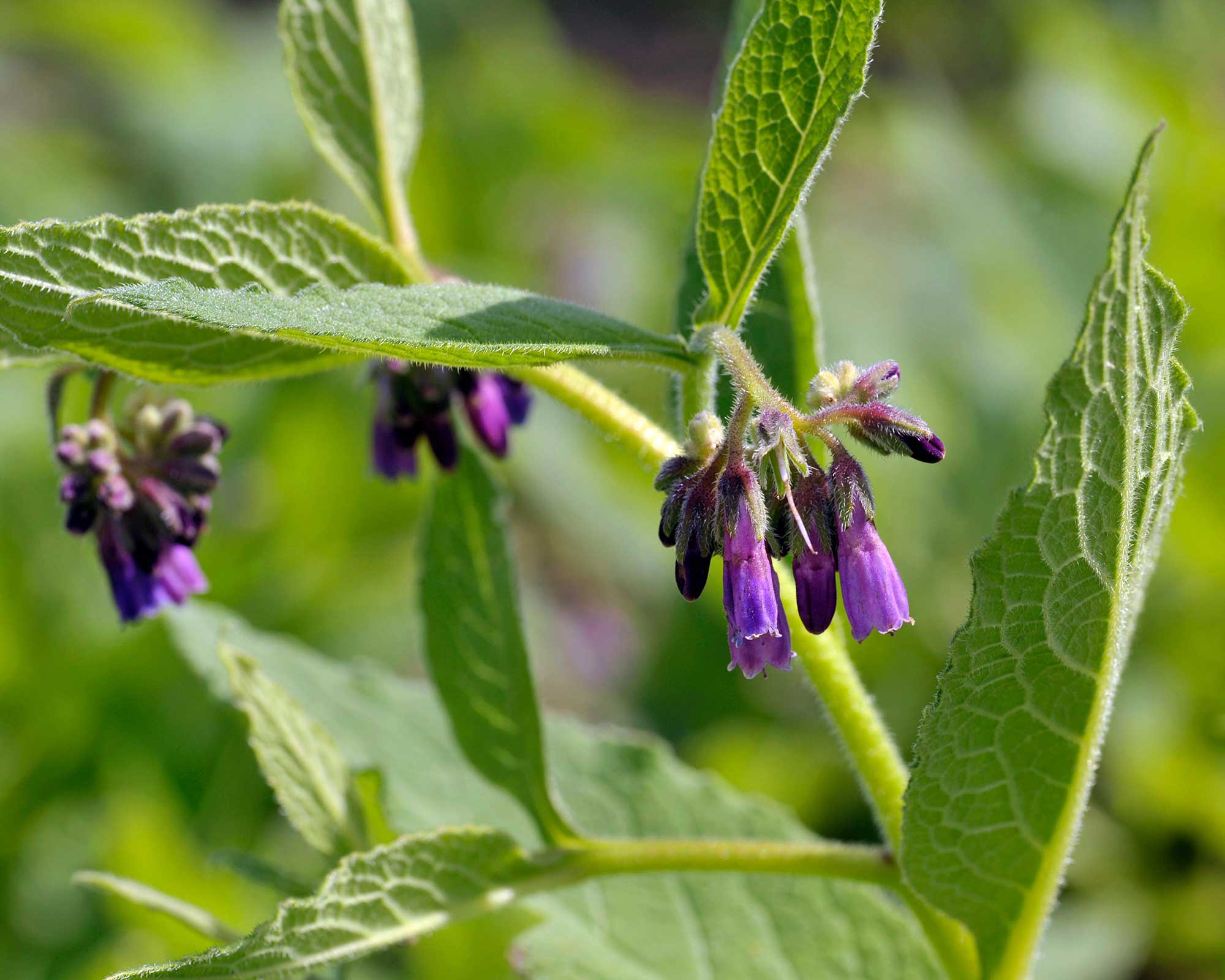
Sow 'Bocking 14' comfrey to make a nutritious plant food
2. Put nettles to good use
You can also use nettles to make a liquid plant feed. This is a particularly handy free garden idea if you have some of these weeds growing rampant, as it puts them to good use.
The process is similar to making comfrey tea: pack a large drum or bucket with stems, cover with water (preferably rainwater), and leave for about a month stirring several times a week. 'It smells revolting, but is good stuff!' says John Negus.
'Nettles have a high nitrogen content, so are great for feeding leafy greens. You can also mix them with comfrey to create a balanced liquid feed,' says the Amateur Gardening team. It's also useful for supporting flowering and fruiting (and heavy feeders, such as tomatoes and spinach, love it). But, it is not recommended for growing roses, because its high iron level tends to adversely affect the plant's metabolism, as John advises.
When you go to use it, dilute it from the raw mix – a ratio of one part tea to 10 parts water is about right. Ensure that the soil is damp before applying it, to avoid cell damage.
'Start liquid feeding in early summer and, with fruiting and flowering annuals and perennials, carry on all summer,' says the Amateur Gardening experts. 'Use diluted liquid feeds every week, though on new plants every fortnight should be sufficient. Don't feed woody plants after mid-summer as new growth may be damaged by colder weather.'
As well as adding it to your plants, you can also put it on your compost heat to speed up the decomposing processes.
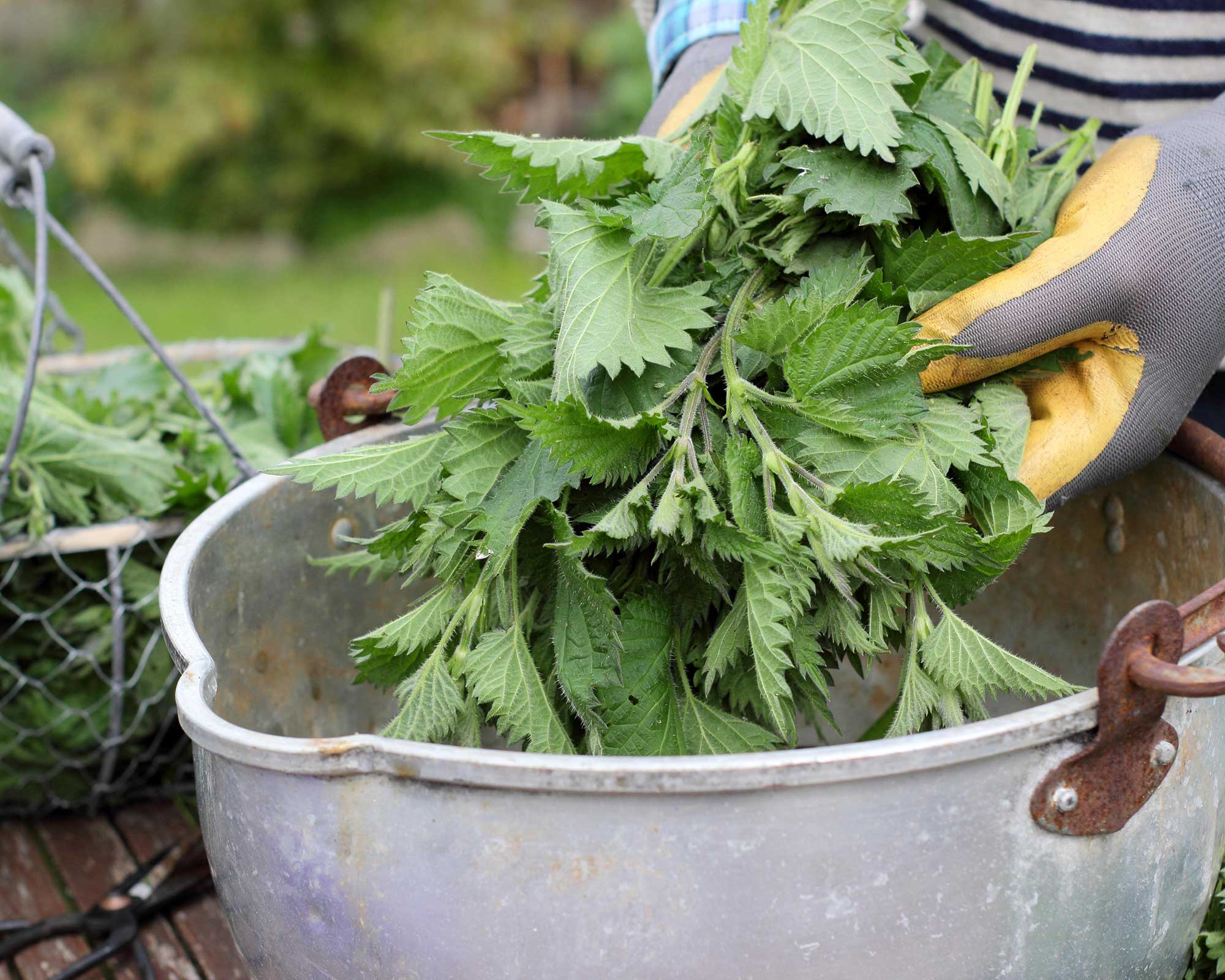
Making fertilizer with nettles is simple
3. Use wood ash from your fire pit
Invested in one of the best fire pits? The ash that's leftover after you've enjoyed the cozy glow from the flames can be used for feeding some of your plants.
Ash contains 2–6% potash, which encourages flowering and resistance to disease, explains the Amateur Gardening team. It also has small amounts of phosphate, iron, magnesium, and manganese. To use, simply scatter onto the soil at a rate of 2oz per square yard (60g per square meter), says John.
As John continues, it will quickly raise the pH of the soil, so should only be applied once a year. 'For this reason, it should not be used at all around acid-loving plants, such as azaleas, rhododendrons, and blueberries.'
Because of its calcium content, you can sprinkle it around clematis, helianthemums, verbascums, and other plants that thrive in chalky soil, adds the Amateur Gardening experts.
It's best applied in spring. If you want to store your wood ash to use at a later date, make sure to keep it under cover so that its nutrients aren't leached out by rain.
Wood ash isn't just good for fertilizing some plants – it can also help deter slugs and snails, and lighten heavy clay soil types.
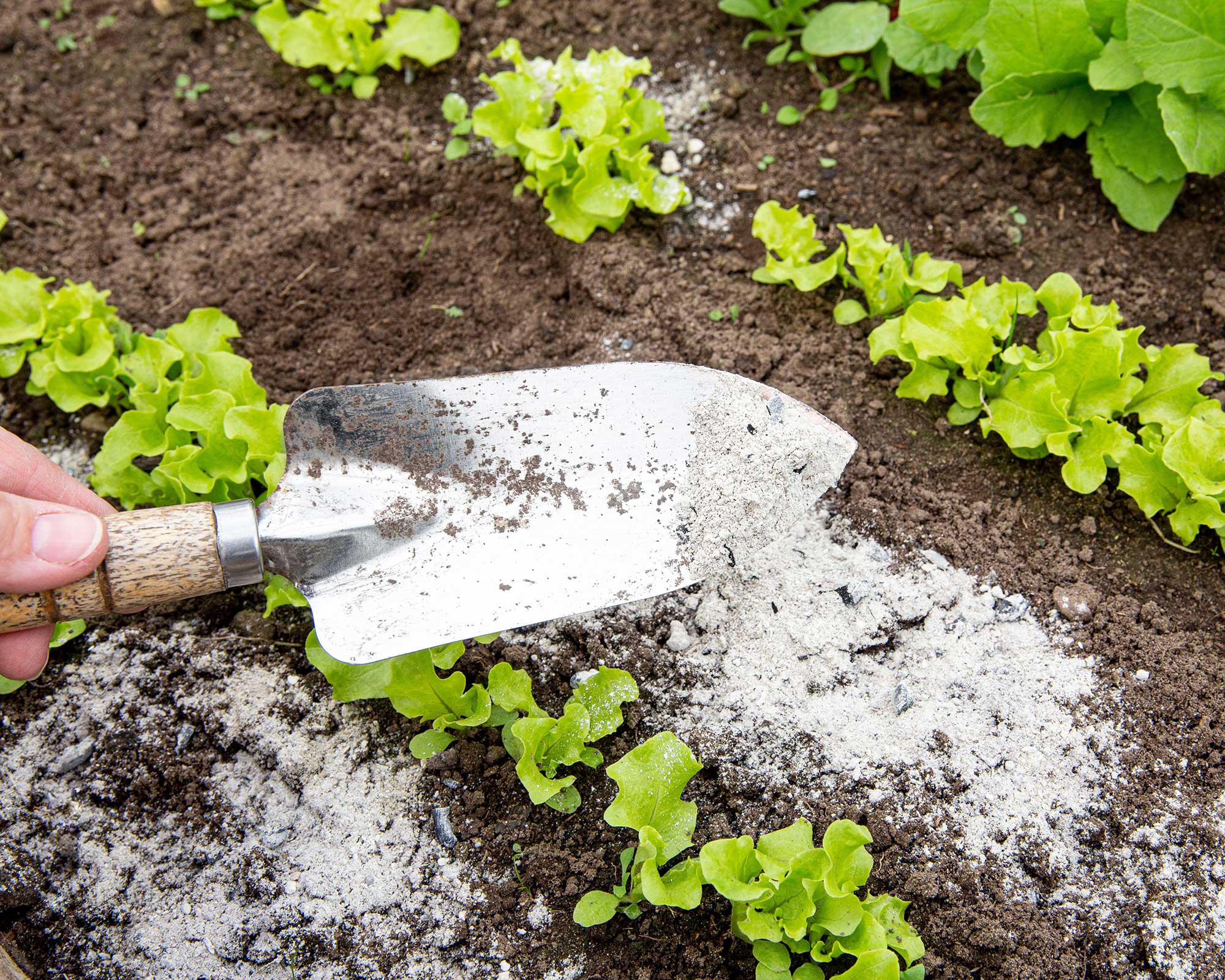
Scatter wood ash around your plants annually
4. Add nutrients to your borders with manure
In rural areas, manure can often be acquired for free from stables and farms. It has lots of nutrients, and when added to soil, it can increase the amount of helpful bacteria, encourage worms and other beneficial creatures, and help the ground to retain moisture.
The RHS explains how it should ideally be used in a well-rotted state. Un-rotted or partially-rotted manure will not look as dark or as uniform in texture and color.
If you want to use fresh manure, the RHS says to apply at half the usual rate and not on ground used for crops that will be eaten raw, such as salad leaves. However, it is liable to have a high level of ammonia which might, if close enough, scorch leaves or roots, says John Negus. It's better to wait a few months (stack it up and cover it with a rain-proof sheet) until it turns crumbly and black and its ammonia smell has dissipated.
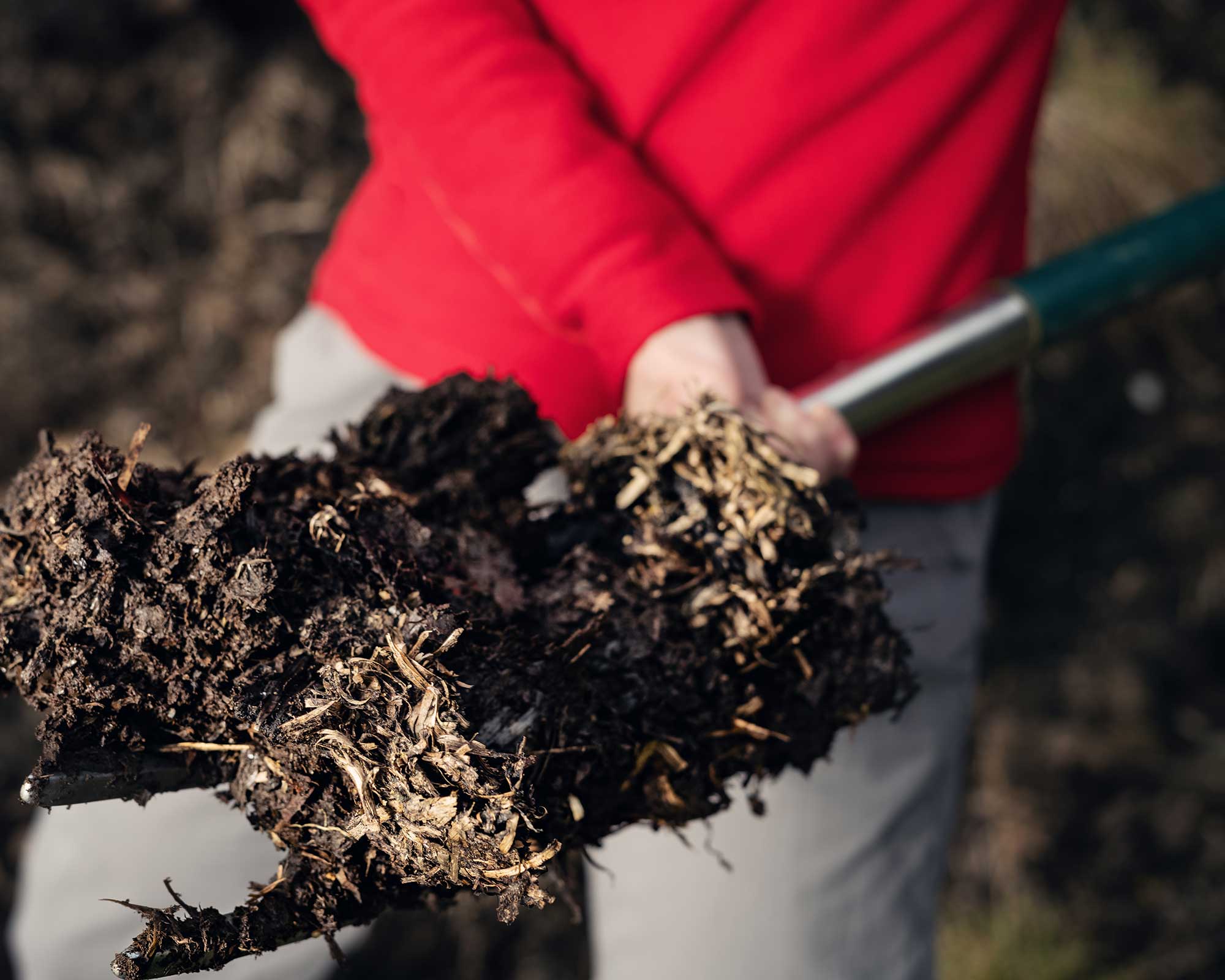
Manure is best used once it's well-rotted
5. Nourish your plants with coffee grounds
'Coffee grounds are a useful source of organic matter and nutrients,' says John. It is thought that they are particularly beneficial to acid-loving plants, such as tomatoes, roses, azaleas, blueberries, evergreens, camellias, avocados, and some fruit trees. However, John avoids using them around seedlings and young plants, particularly those with shallow roots like lettuce and radish.
There are a couple of ways you can apply it to your garden. One method is to add a thin layer of fresh grounds to your soil, then rake it in to prevent the grounds from becoming moldy and developing a crust, advises John.
You can also use coffee to make a liquid fertilizer. Mix 250g of damp grounds in a five-gallon bucket of water and let it sit outdoors to get to air temperature, says the Amateur Gardening experts. The resulting feed can then be bottled and stored – dilute it before use so it has the appearance of weak tea.
To get the most benefits, apply fertilizer made with coffee grounds to your garden in spring. If you're storing the grounds until then, put them in an airtight container to retain as many nutrients as possible – they will degrade over time as all fertilizers do when exposed to air, says the Amateur Gardening experts.
They have other uses, too. 'Coffee grounds are a great ingredient for the compost heap,' says John. And, 'they also appear to discourage slugs and snails when used as mulch around vulnerable plants, such as hostas.' Unsure of the differences between compost vs mulch? Our guide explains all.
What's more, they are useful at lightening the structure of heavy soils and encouraging earthworms which are helpful for aeration.
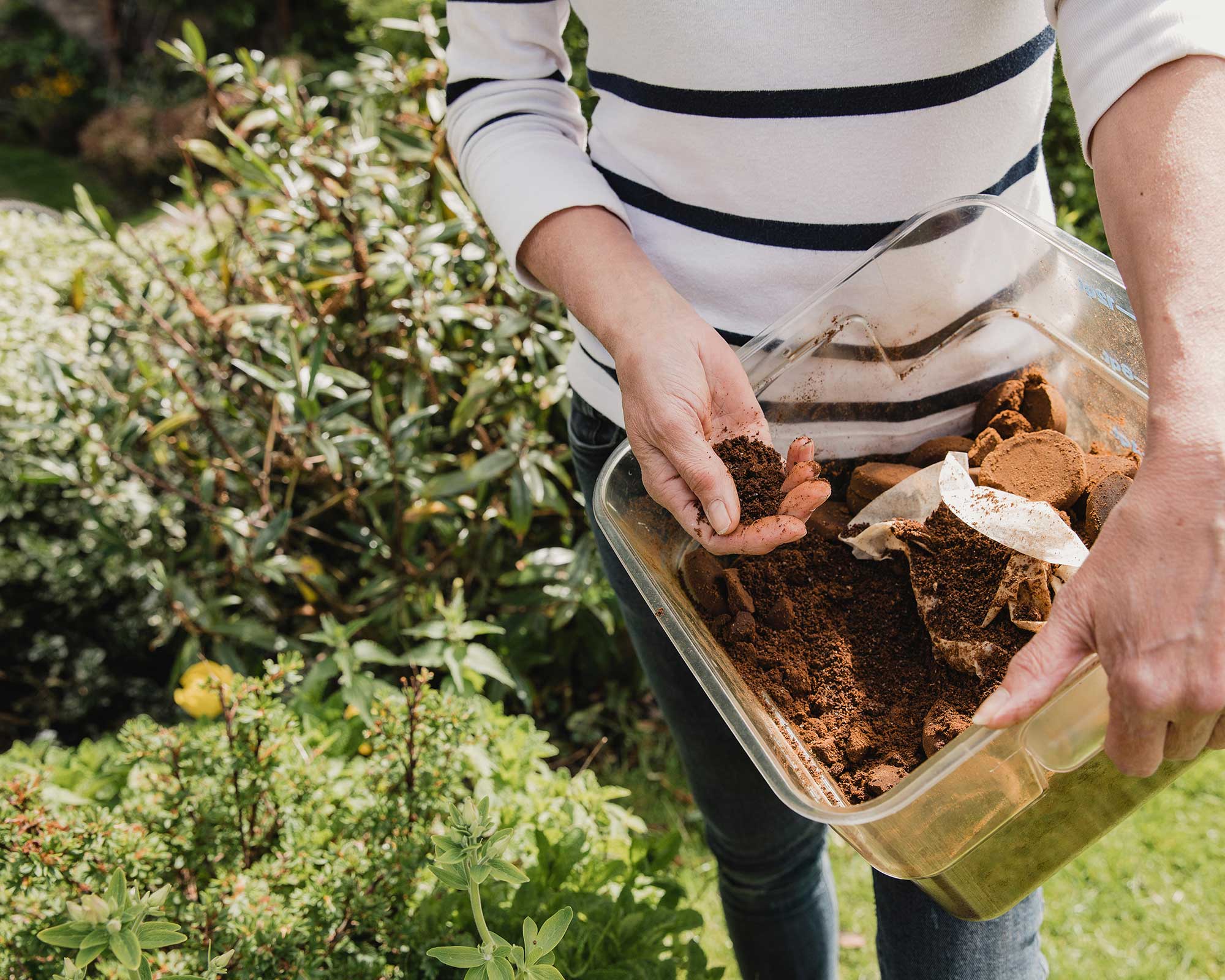
Use up old coffee grounds in your flower beds
6. Grow green manure
Green manures are fast-growing plants which are used to cover bare patches of soil, often in raised garden beds. Examples include buckwheat, crimson clover, and trefoil, of which seeds are very affordable. Normally sown in late summer, they soak up and store nutrients from the ground, much of which would otherwise be washed away by winter rain.
In spring, you'll need to dig the plants into the soil. Here, they will decompose and be fed on by worms, thus returning the nutrients back into the earth. It's not enough to simply cut it back and allow it to rot down by itself – 'worms can only "eat" so much and a great deal of the crop will be left on the surface,' says John.
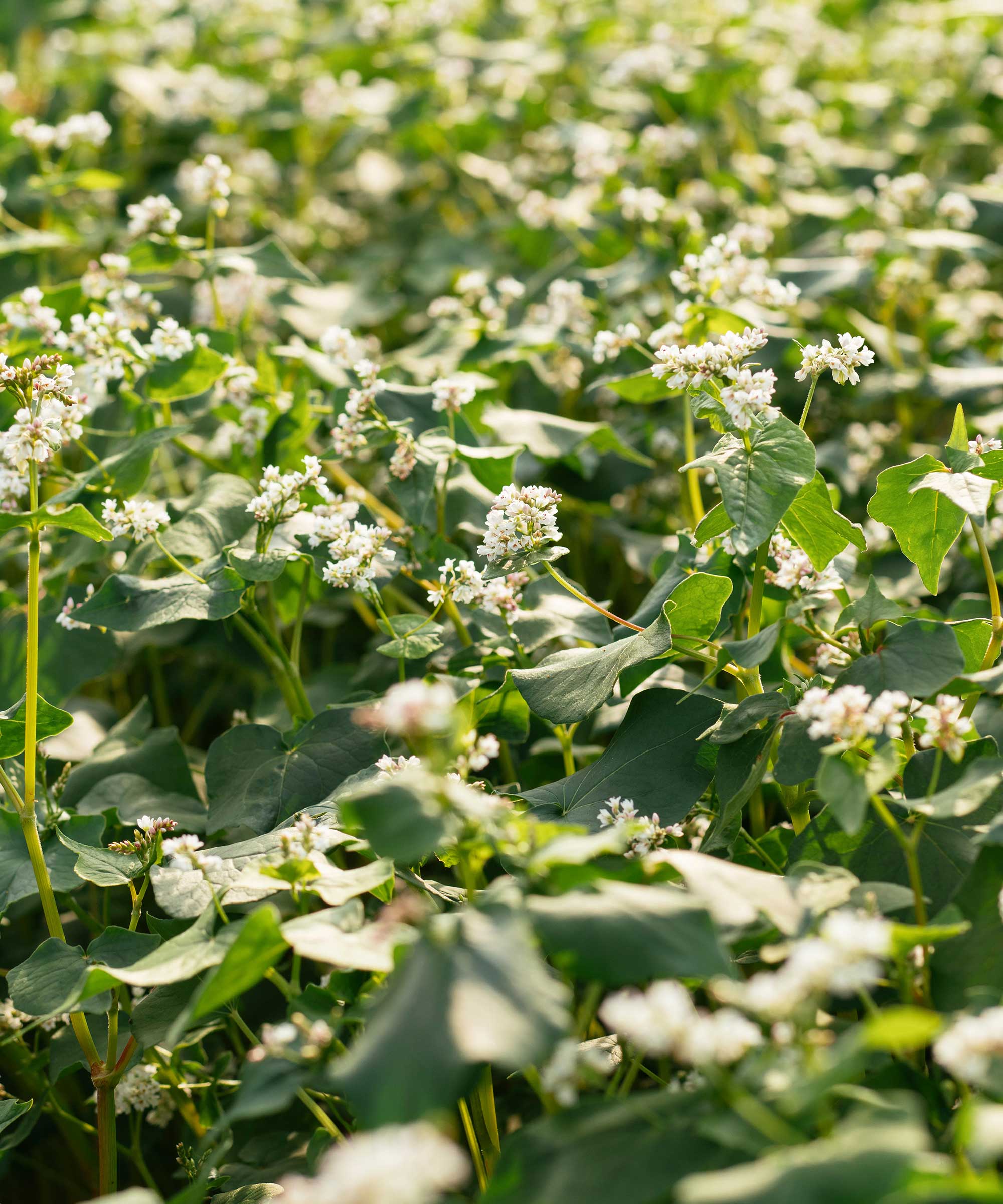
Buckwheat is a popular green manure crop
Can you store leftover comfrey tea through winter?
'Like all organic fertilizers, homemade liquid feeds will start to lose efficacy after time,' says John. 'Although they won't do any harm to plants if used the year after making, they may not do as much good as if they were used fresh.'
However, it would be a shame to waste the feed you've made – whether that's with comfrey or with nettles. 'If you store it somewhere dark and cool, and don't open the containers, it may be useful for early feeding next year to tide you over until the next batch is made,' he says. Just be prepared for the smell!
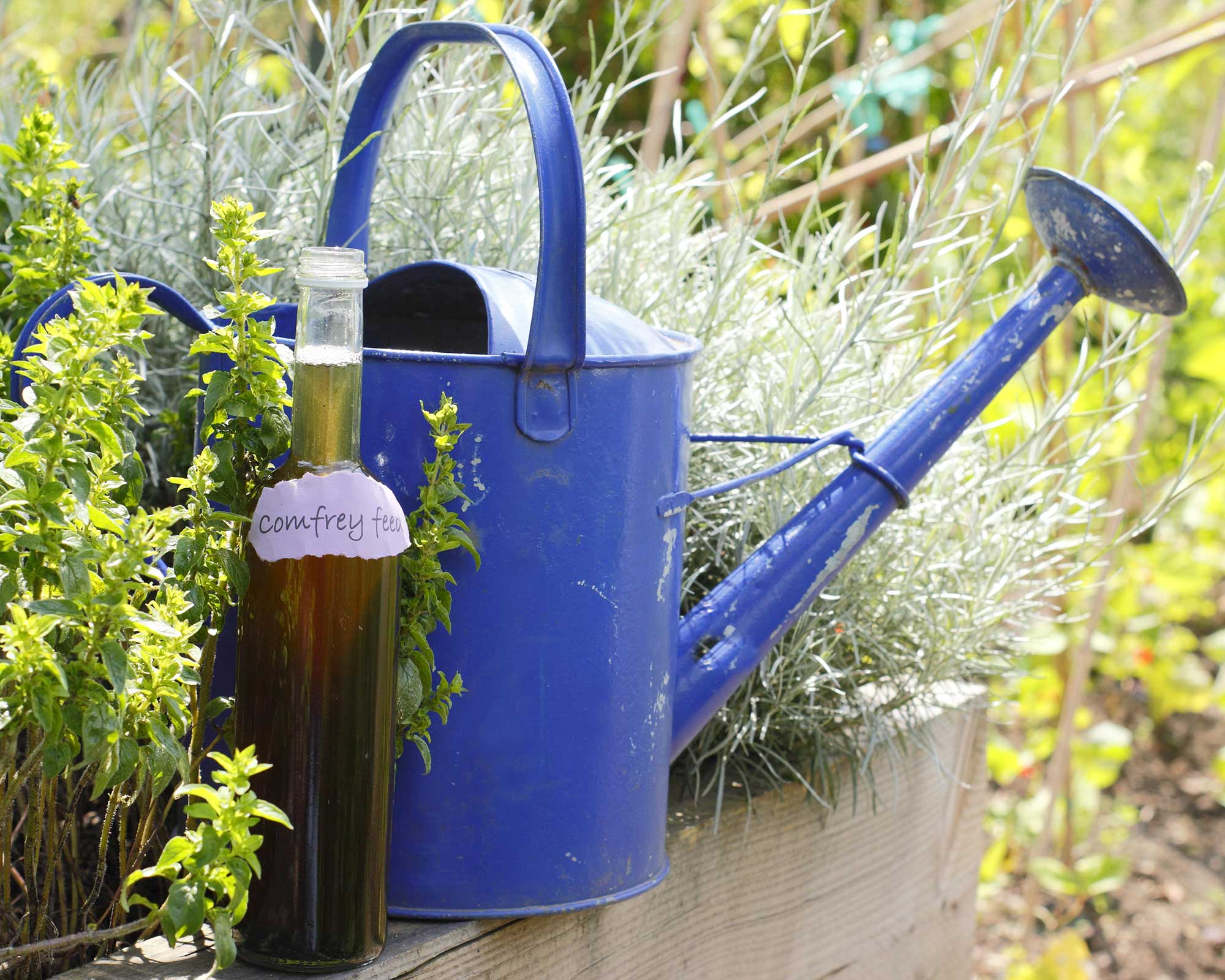
Comfrey tea will keep if you store it in the right conditions
Can you use Epsom salts to feed plants?
Epsom salts (magnesium sulfate) are good for encouraging roses, house plants, tomatoes, and other greenhouse crops to develop bright-green and healthy leaves.
'Add a 1/4oz to a gallon of water and apply it two or three times throughout the spring,' says John.
Is it true that soluble aspirin can perk up plants?
'There are reports suggesting that diluted soluble aspirin provides a health boost to plants, especially if they are stressed in some way, and this in turn may help to increase growth and yields,' says John.
'Diluted aspirin can also help seeds to germinate, cuttings to root, and cut flowers to last longer in the vase,' he adds. But, for a wildlife-friendly garden, take care when spraying aspirin solution not to harm bees and other insects.
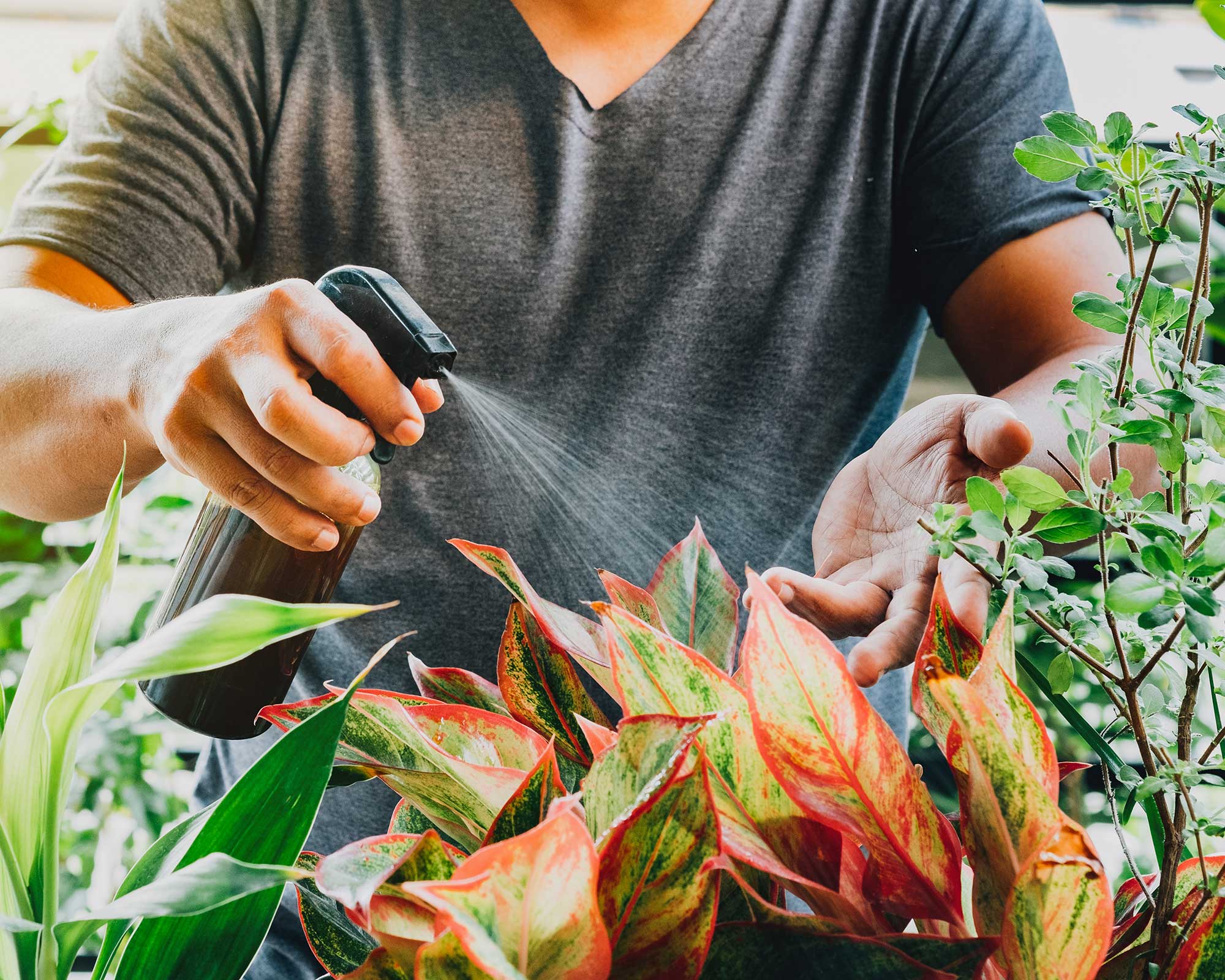
There are plenty of homemade fertilizers you can try – but it's always a good idea to do a spot check first, to ensure it doesn't do more harm than good
Is urine a good plant fertilizer?
It may sound strange, but according to John, 'Indisputably, human urine, which contains nitrogen, potassium, and phosphorous, is a good plant fertilizer.
'Ideally, because it has an unpleasant smell, store it in a lidded bucket outdoors and, when using it, dilute a cup of it with 10–20 cups of water. Never use it neat as it can burn roots and shoots.'
John says you can use it for fertilizing plants in borders as well as crops. Don't use it on your indoor plants though, due to the scent.

The garden was always a big part of Holly's life growing up, as was the surrounding New Forest where she lived. Her appreciation for the great outdoors has only grown since then. She's been an allotment keeper, a professional gardener, and a botanical illustrator – plants are her passion.
